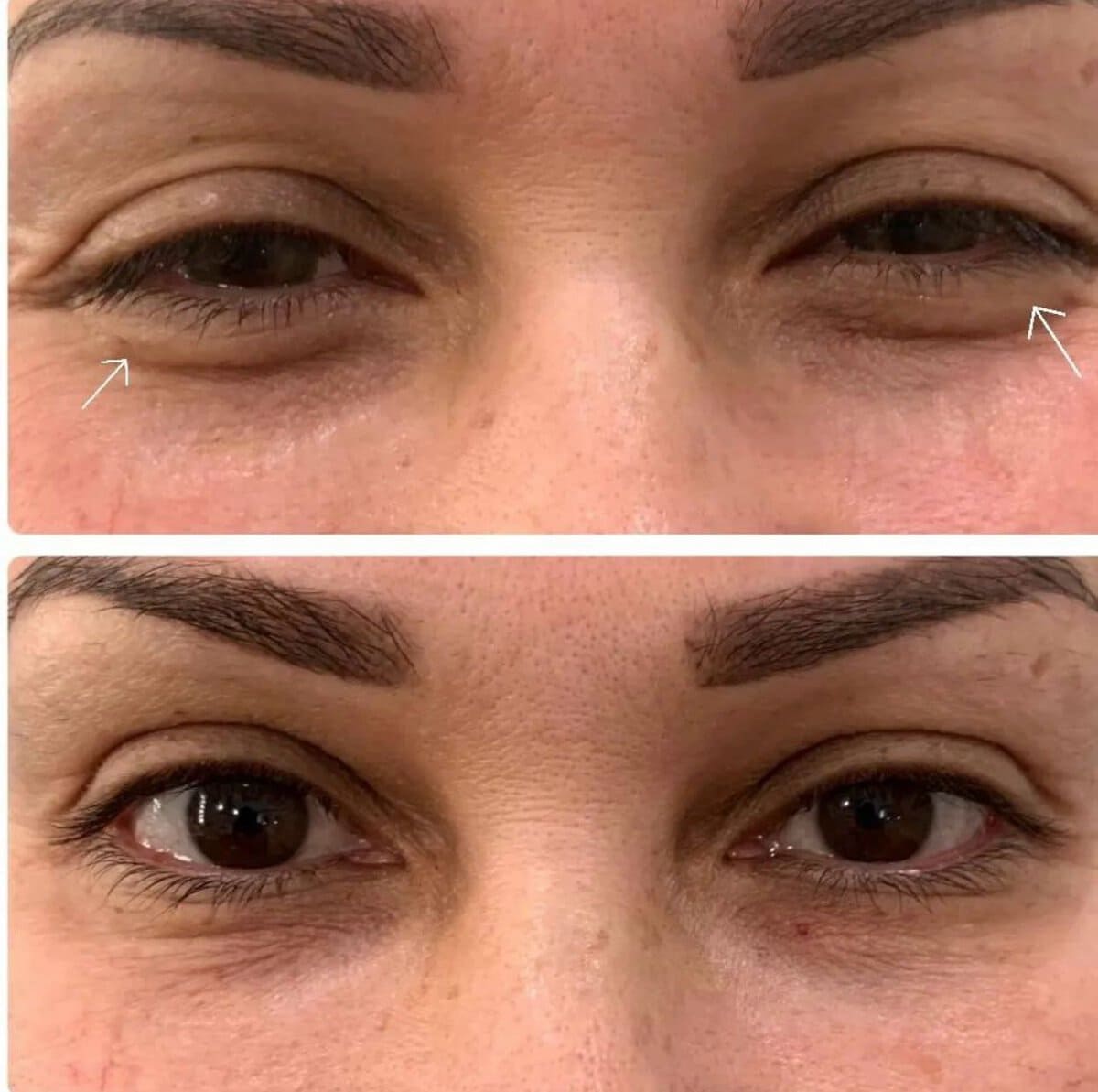Neurotoxins are substances that are poisonous to the nervous system. They can damage or kill nerve cells and interfere with the standard transmission of signals between nerves. Neurotoxins can be found in various sources, including some plants, certain insects, and certain types of fish.
Bacteria and fungi also produce some neurotoxins. In humans, neurotoxins can cause various symptoms, including paralysis, seizures, and death. Some neurotoxins (such as those found in certain types of fish) can accumulate in the body over time and cause long-term health problems.
Effects of Neurotoxins on the Nervous System
Neurotoxins are chemicals that can cause damage to the nervous system. In high enough doses, they can even be deadly. But what exactly are neurotoxins, and how do they work?
In this article, you will learn about the effects of neurotoxins and their treatment. Your “most frequently asked questions” will also be included to satisfy your curiosity about neurotoxins.
Neurotoxins Can Damage Nerve Cells
Neurotoxins are substances that can damage or destroy nerve cells. This damage can lead to various problems, depending on which nerves are affected. For example, neurotoxins damage the nerves that control movement and can lead to paralysis.
Neurotoxins can Lead to Blindness and Deafness
If neurotoxins damage the nerves that control the senses, it can lead to blindness or deafness. And if neurotoxins damage the nerves that control vital functions such as breathing or heart rate, it can be fatal. Some neurotoxins occur naturally, while others are artificial. Regardless of their origin, neurotoxins can have devastating effects on the human nervous system.
Permanent Damage to the Nervous System
Neurotoxins can come from various sources, including certain medications, pesticides, and even some plants. In minimal doses, neurotoxins can be helpful, such as when used in medical procedures.
However, in larger doses, they can be very dangerous. Exposure to neurotoxins can cause several different symptoms, depending on the substance involved and the amount of exposure.
Neurotoxins can damage both the central nervous system and the peripheral nervous system. The central nervous system includes the brain and the spinal cord, while the peripheral nervous system consists of the spinal cord and the nerves. Exposure to neurotoxins can cause problems with movement, sensation, or both. Neurotoxins can also affect emotions and behavior. In some cases, exposure to neurotoxins can lead to coma or death.
Treatment for Eliminating Neurotoxins
Neurotoxins are a type of toxin that explicitly targets nerve cells or neurons. Neurotoxins can come from various sources, including bacteria, viruses, and certain plants and animals. Symptoms of neurotoxin exposure can vary depending on the type of toxin involved but may include muscle weakness, paralysis, and even death. There is no one-size-fits-all approach to treating neurotoxin exposure, as the specific treatment will depend on the type of toxin involved.
Chelation Therapy
Common examples of neurotoxins include chemicals such as lead and mercury and specific biological agents such as botulinum toxin. While there is no cure for neurotoxin exposure, chelation therapy may be used to mitigate the effects of the neurotoxins. In some cases, chelation therapy has been shown to improve neurological symptoms and slow the progression of neurotoxin-related diseases. It may provide a valuable treatment option for those exposed to neurotoxins.
Charcoal filters
Charcoal filters work by adsorbing neurotoxins from the air, water, or food. This process helps to remove toxins from the body and reduce the risk of exposure. In addition, charcoal filters can also help to purify air and water, making them an essential part of any detoxification program.
Most Frequently Asked Questions
Do Neurotoxins Cause Autism?
Debates have been ongoing if neurotoxins can cause autism. Some people believe that they may play a role in causing autism, but there was no official scientific statement or evidence that could support the claim.
Many neurotoxins have been linked to autism, including mercury, lead, and pesticides. However, none of these neurotoxins have been proven to cause autism. Most experts agree that the cause of autism is unknown. While neurotoxins may play a role in some cases of autism, they are not the sole cause of the condition.
What is Neurotoxin’s Role in Alzheimer’s and Parkinson’s Diseases?
Neurotoxins are known to cause Alzheimer’s and Parkinson’s diseases. However, their role in these diseases is not well understood. Neurotoxins are substances that damage or kill nerve cells. They can be found in the environment, such as in certain pesticides and herbicides. Neurotoxins can also be produced by the body, such as during an inflammatory response.
When neurotoxins damage or kill nerve cells, they can lead to a decline in cognitive function and movement disorders. While the exact role of neurotoxins in Alzheimer’s and Parkinson’s diseases is still being studied, it is clear that they play a significant role in these neurodegenerative diseases.
How can Neurotoxins Destroy Nerve Cells?
Neurotoxins can destroy nerve cells by causing them cell to produce too much calcium. This increase in calcium causes the cell to become overexcited and eventually leads to the cell’s death.
Neurotoxins can come from various sources, including snake venom, insecticide exposure, and certain types of cancer cells. While neurotoxins can be deadly, fortunately, the human body is equipped with mechanisms that help to detoxify these substances before they cause serious harm.
What is the Difference Between Neurotoxins and Injectables?
When it comes to getting rid of wrinkles, there are two main treatments: neurotoxins and injectables. Both neurotoxins and injectables work by relaxing the muscles that cause wrinkles, but there are some critical differences between the two.
Neurotoxins, such as Botox, are typically made from purified toxins that affect the nervous system. Injectables, on the other hand, are usually made from materials that fill in wrinkles and add volume to the skin.
Because neurotoxins work by temporarily paralyzing muscles, they are often used for dynamic wrinkles or wrinkles that appear when you make facial expressions. Injectables, on the other hand, can be used for both dynamic and static wrinkles.
Conclusion
Neurotoxins are substances that can damage or destroy nerve cells. Neurotoxins can be found in various sources, including certain plants, animals, and chemicals. Some neurotoxins are naturally occurring, while others are artificial. Regardless of their source, neurotoxins can have devastating effects on the nervous system. In some cases, neurotoxins can cause paralysis or even death.
SFX Medical Spa is pleased to offer neurotoxin removal treatments at our state-of-the-art medical spa. Our highly trained and experienced staff will work with you to determine the best treatment plan for your individual needs. They offer various neurotoxin removal options, including Botox, Dysport, and Xeomin.








